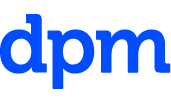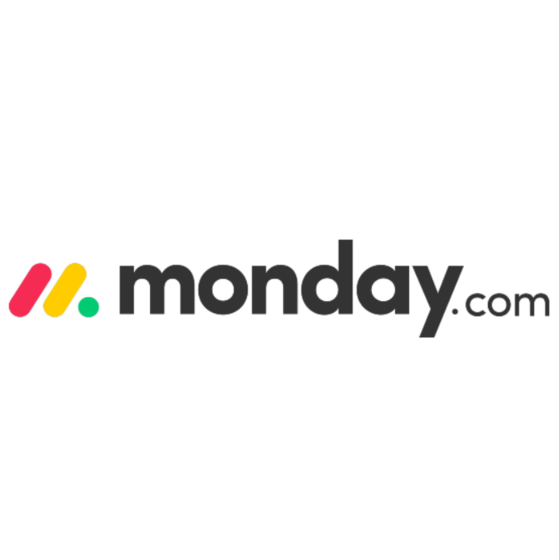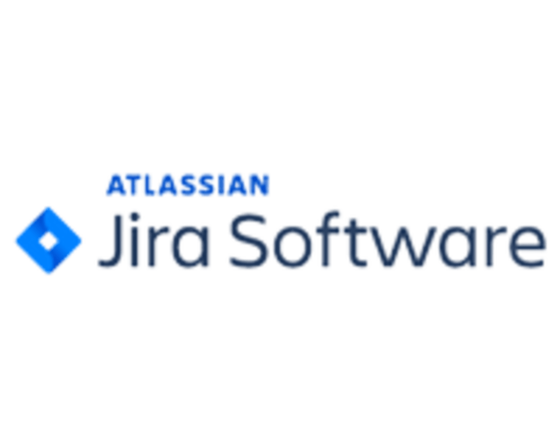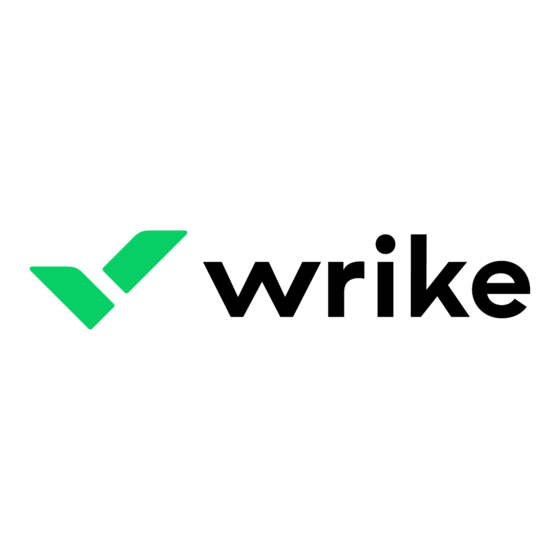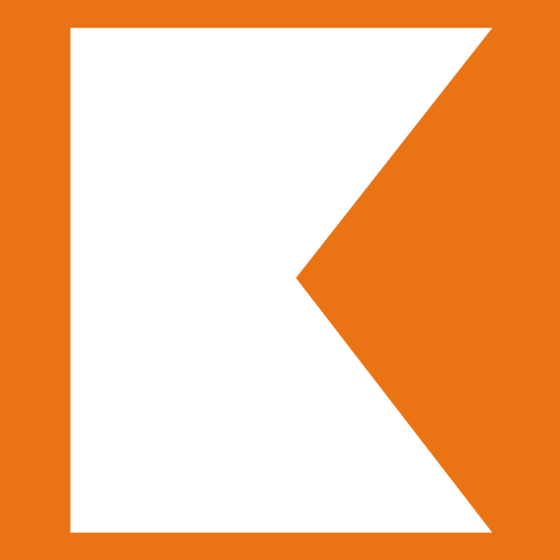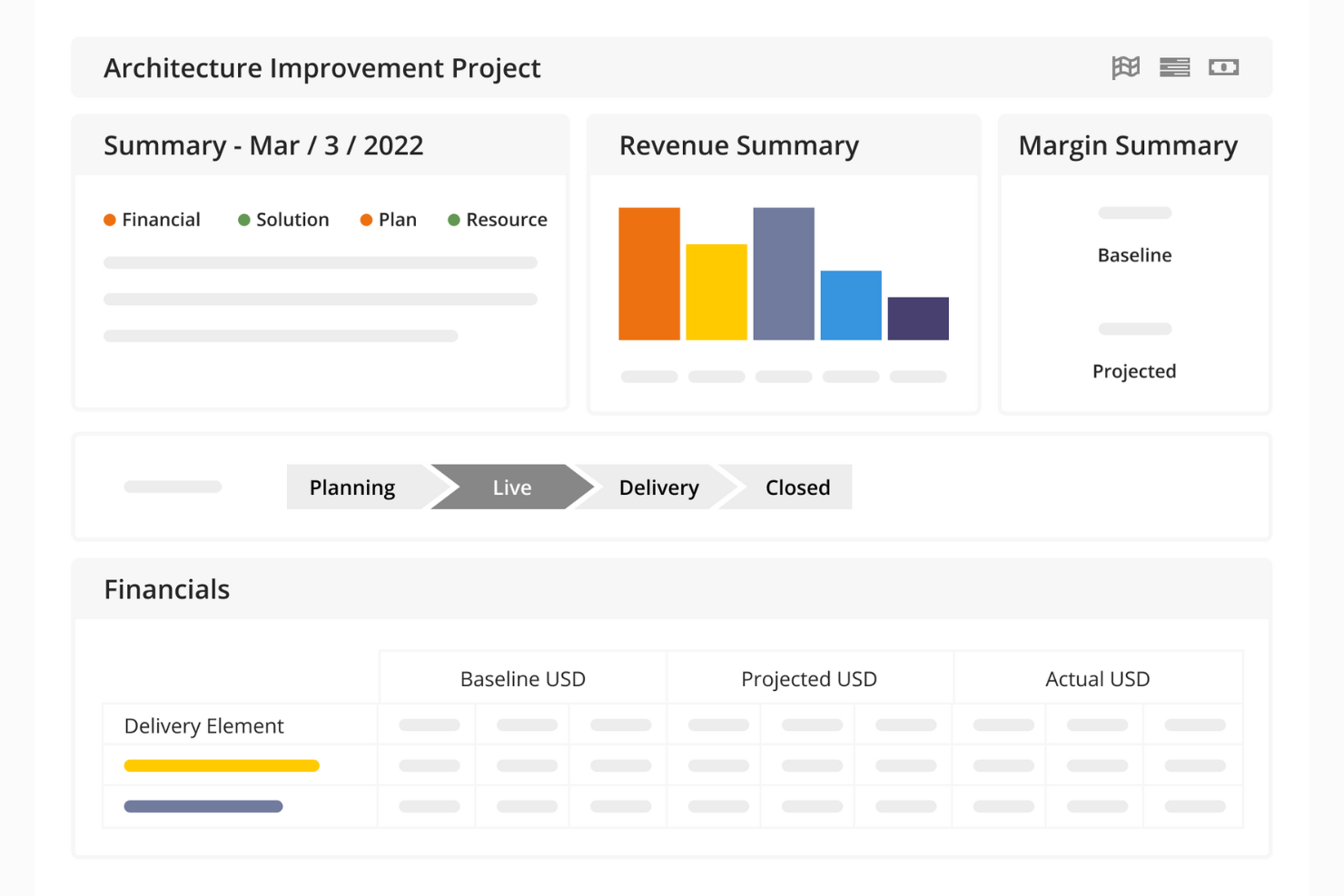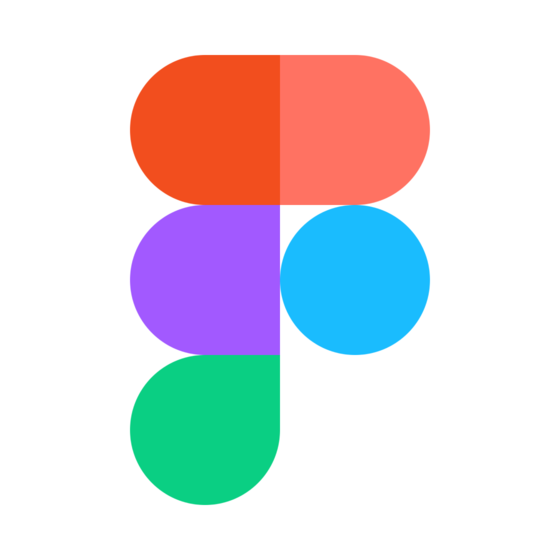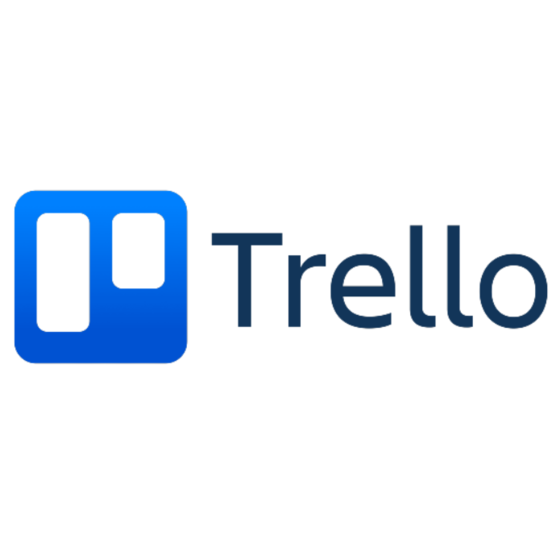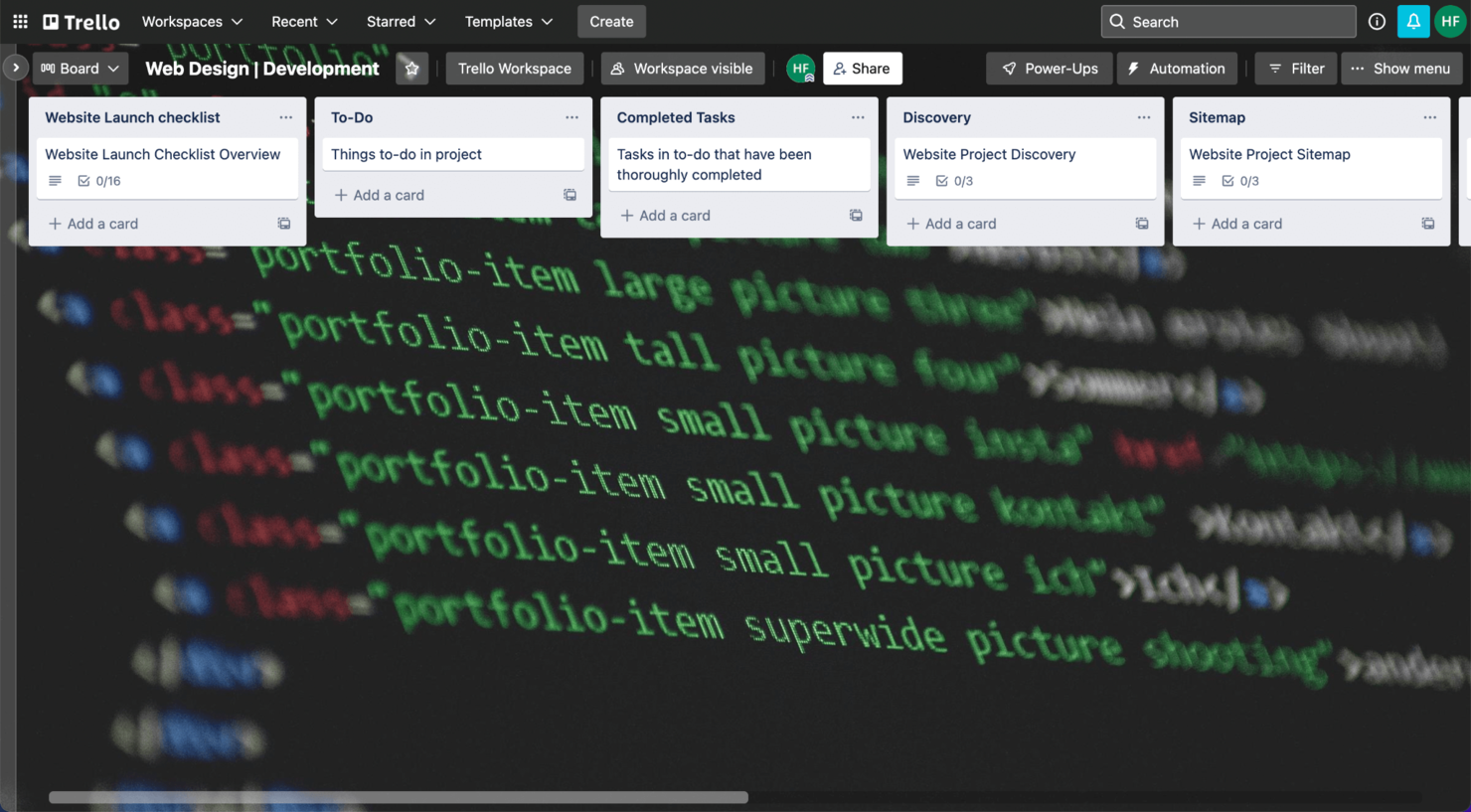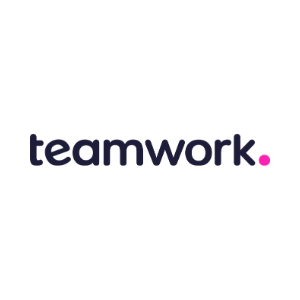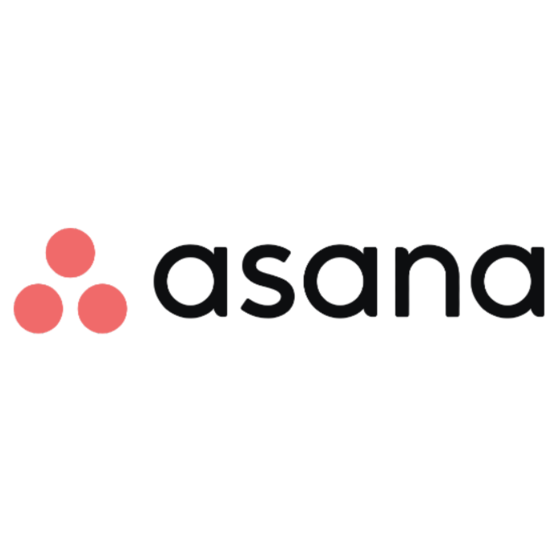10 Best Design Project Management Software Shortlist
Here's my pick of the 10 best software from the 20 tools reviewed.
With so many different design project management solutions available, figuring out which is right for you is tough. You know you want to streamline the communication between designers, project managers, and clients, facilitating a more efficient design review and approval process but need to figure out which tool is best for it. I've got you! In this post I'll help make your choice easy, using my personal experiences in dozens of different creative projects and exposure to design tools with large teams and projects to share my picks of the best design project management software.
What is design project management software?
Design project management software is a specialized tool that coordinates and optimizes the planning, execution, and monitoring of design projects, whether it be graphic design, industrial design, or architectural design. These tools typically include features like project planning and scheduling, collaborative design tools, version control for design files, feedback and approval workflows, and integration with design software such as Adobe Creative Cloud or AutoCAD.
Design project management software is essential to orchestrate communication between designers, project managers, and clients and create a central feedback and approval hub for efficient project delivery.
Overview Of The 10 Best Design Project Management Software
Here’s a brief description of each design project management tool to showcase some noteworthy features, and screenshots to give you a snapshot of the user interface.
monday.com is a feature-rich tool that will allow you to handle almost any project that comes your way. Their creative request workflow template allows you to centralize all the design work in one place, standardize request intakes, organize and manage assets.
Want to start simple? Build a ‘creatives board’. It will give you some structure on the main table view, like a status and file column. Add a kanban view to your board, start changing the status to the stages of your design project cycle and voila! You have your first attempt at a design project board.
Once you upload files, anyone added to the board can click on it, add comments, and download files. Great to keep your client and team feedback in one place.
Designers rejoice! monday.com has developed a plugin for you to use with your Adobe Creative Cloud software. You can review the tasks assigned to you, read briefs, and upload designs directly to your monday.com account once you are done.
monday.com is free for up to 2 users and paid plans start at $8/user/month and offers a 14-day free trial.
Kantata is a digital work management platform designed to streamline and optimize the management of digital projects. It provides not just basic project management features but also workflow, resource, and financial management tools, as well as team collaboration and business intelligence features. It's a good option for professional services businesses and teams, such as design agencies or creative services providers.
The software aims to enhance performance throughout the professional services project lifecycle. You can ensure projects stay on track with real-time financial oversight and status updates. Its ability to centralize project management alongside assigning tasks and tracking budgets makes it an ideal choice for managing complex digital projects. Plus, your team can stay in the loop through its built in collaboration tools.
Kantata integrates with several other workplace tools including Slack, Sage, Quickbooks, Expensify, BambooHR, NetSuite, Jira, Salesforce, Xero, and Google Workspace.
Pricing information is available upon request, as is a free demo.
Miro is a visual collaboration platform tailored for design project management, offering an extensive virtual whiteboard space. It supports various forms of idea expression, including shapes, flowcharts, sticky notes, and multimedia elements. Additional key features include an infinite canvas for unrestricted ideation, TalkTrack for asynchronous video explanations of process maps, and asynchronous collaboration tools, like comments and reactions, to facilitate continuous feedback.
Miro also comes with a large bank of templates for agile workflows, roadmaps and strategy planning, brainstorm sessions, and various other use cases. Overall, it's a highly flexible solution that's well suited to the needs of design teams who may need a customizable workspace that accommodates diverse working styles and schedules.
The software integrates with other workplace tools like Zoom, Microsoft Teams, Slack, Google Workspace, Asana, monday.com, Jira, Dropbox, OneDrive, Notion, Airtable, ClickUp, and Unito, among others. A free plan is available and paid plans start from $10 per user per month.
FigJam is a virtual whiteboard solution that offers real-time collaboration tools. It's created by Figma, and designed to integrate with Figma's design platform. The flexible and versatile platform can facilitate project planning, task tracking, and more, and you can then sync up the assets you create with your Figma account.
Because of how freeform of a solution it is, the whiteboarding tool is helpful for more than just project management. You can use it for ideation, rough prototyping, and other use cases. Its automations can do things like auto-sort your sticky notes or consolidate notes into clear action items. There's also lots of support documentation available, both from Figma and from the Figma community.
What makes FigJam especially useful for design teams is its integration with Figma's design platform. For product and design teams, this is super useful because you can plan, manage, and execute your work all within the same environment.
Native integrations are available for Figma, Microsoft Teams, Asana, Jira, Mixpanel, and Github.
A freemium plan is available for up to 3 boards, and paid plans start from $3 per user, per month.
Marketing operations platform with digital asset management capabilities.
Intelligencebank is a marketing operations platform designed for agency projects. Centralizing your digital assets, collaborating with team members, and approving content are only some of the features this tool has to offer.
What I really like about this tool is that when you look at a design you can access other versions of that work in a couple of clicks. Go to the pane on the right and click on the revision tab. Want to compare two versions? Simply select the two and the tool will display them side by side.
Intelligencebank integrates with Adobe Photoshop, InDesign, and other tools from Adobe’s creative suite.
Intelligencebank pricing is given upon request and grouped into 5 tiers.
Trello
Kanban views that can easily map your design projects and keep everyone on track.
Trello is a kanban-specialized software that has robust features and lovely visuals. Although I would not recommend it if you need a view like Timeline (since it’s relatively new), it’s a software that has been around since 2011 and has millions of dollars invested in its development.
The thing I enjoy the most and think is useful for design projects is the checklists. Inside each card we can create checklists with items that could be considered subtasks. Since the client is always trying to change the scope of projects, this helps it be flexible enough to support it.
Trello has over 150 power-ups that can help you connect to tools like Zeplin, InVision, Miro, and Figma.
Trello has a free version of the software and paid plans start at $5/user/month with a 14-day free trial.
Filestage is a review and approval platform used by agencies and in-house creative teams around the world. From sharing files to collecting feedback, it speeds up every step of your creative review process.
Filestage centralizes your approval workflow into a single dashboard. From there, you can see every review step, file format, version, and reviewer in your project, with status indicators to show who’s approved what. So at any stage in your creative review process, you can see exactly where things are at a glance.
However, feedback management is where Filestage really shines. You can invite reviewers to add comments and discuss ideas right alongside your content and create review steps to group feedback from different types of stakeholders, like your internal team and external stakeholders. Add in version comparisons, annotations, and attachments, and Filestage is a great feedback platform
Filestage features native integrations with Slack, Microsoft Teams, Adobe Creative Cloud, and Asana – plus thousands more apps through their integration partners, like Pabbly.
Pricing starts at $24/user/month with a 7-day free trial. You can also invite an unlimited number of reviewers and external uploaders to your account for free.
Want to avoid wasted hours spent reworking design projects, a frustrated team, and dissatisfied clients? Ziflow’s creative collaboration software is used by companies such as Amazon AWS, Toyota and Weber to streamline the creative review, approval and project management process.
The platform offers a real-time collaboration & feedback capture, and workflow automation that, together, can bring clarity & visibility to your creative process and enable faster turnarounds.
Ziflow's key features include centralized asset management across projects and file types, workflow automation and templates, intake forms so anyone can easily launch a project centralized collaboration & review platform, and project dashboards.
Ziflow integrates with Adobe Creative Suite, Dropbox, Slack, Basecamp, and more right out of the box. Also, they have an integration platform called Ziflow connect, with which you can connect it to 1000+ more apps.
Ziflow has a free forever plan, and its prices start at $40/user/month. Finally, they offer a 14-day free trial of their business tier.
Project management with unlimited free access for your clients.
Teamwork is a creative project management software that will help you keep track of your ever-changing priorities so you can deliver on-time. This tool offers you a beautiful user interface and use of tags so it’s easy to do your job.
Although they don’t have a proofing feature so you can collaborate on content creation and approval, Teamwork has unlimited free access for clients, time tracking, and invoicing. So if your projects don’t require too much client interaction, you can use Teamwork up until you need an approval and write that beautiful email we all love sending.
Teamwork integrates with the Microsoft Office suite and thousands of apps through Zapier.
Teamwork is free for up to 5 users. Paid plans start at $10/user/month and offer a 30-day free trial.
Asana is a task management tool that is trusted by the likes of Amazon and Discovery. Their strengths have always lied around organizing your to-do lists, and preparing colorful kanban boards that let you visually manage your tasks.
When you have content uploaded in Asana you can click on the image and go to the ‘add feedback’ button. This will open a proofing feature for you to leave comments and open a subtask after you save so you can assign it to the one responsible for acting on it.
Asana integrates with tools like Adobe Creative Cloud and Lucidchart, and lets you access over a thousand integrations through Zapier.
Asana is free for up to 15 users and paid plans start at $10.99/user/month with a 30-day free trial period.
Get the PM Software Buyer's Guide
The Best Design Project Management Software Comparison Chart
Here is a table where you can compare all the tools we just covered in the overviews.
| Tools | Price | |
|---|---|---|
| monday.com | From $8/user/month (billed annually, min 3 seats) | Website |
| Kantata | From $19/user/month (billed annually) | Website |
| Miro | From $10/user/month | Website |
| FigJam by Figma | From $3/user/month | Website |
| IntelligenceBank | Pricing upon request | Website |
| Trello | From $6/user/month | Website |
| Filestage | From $24/user/month | Website |
| Ziflow | From $40/user/month | Website |
| Teamwork.com | From $10/user/month (billed annually) | Website |
| Asana | From $13.49/user/month | Website |
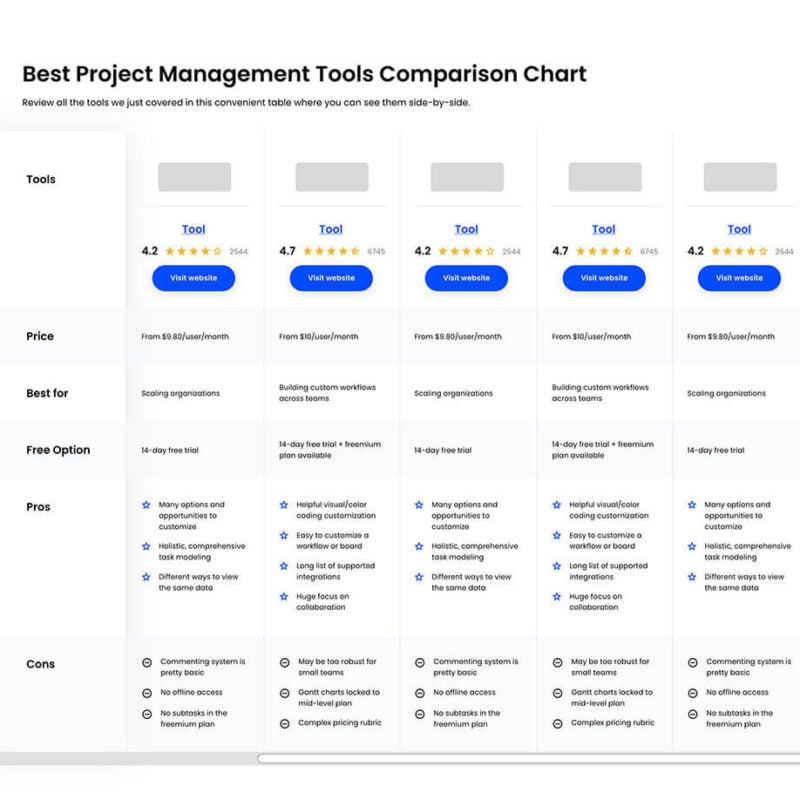
Compare Software Specs Side by Side
Use our comparison chart to review and evaluate software specs side-by-side.
Compare SoftwareOther Design Project Management Software Options
Here are a few more tools that did not make it to the top but are worth your consideration.
- Height App
Best for collaborating across teams and with external partners
- Gain
Reviews and team collaboration in one place so you have full control of your project.
- ClickUp
Share links with clients to review your work and hide sensitive information.
- MeisterTask
User-friendly visuals and intuitive navigation for design teams.
- Zoho Projects
Best design project management and collaboration software
- Hive
Has a Photoshop plugin so your designers can focus on designing.
- Screendragon
Real-time collaboration for your proofing stage.
- Wrike
Creative brief templates to help you start your project on the right foot.
- Celoxis
Best for managing a portfolio of design projects
- Ravetree
Best project and work management software for design agencies
How I Picked The Best Design Project Management Software
Coming up with this list started by selecting the best project management software for design projects based on user rating and reviews. Then, I used my experience to list the basic and advanced features this type of software needs to be deemed a good tool. Finally, I selected the top contenders and developed the criteria below to use in my evaluation.
Core Functionality
As a baseline, I looked for core project management features like task management and project planning tools.
Key Features
Beyond the basic functionality, I looked out for these key features in the project management solutions I evaluated:
- Briefs & Intake Forms: this simplifies the intake process with dynamic forms that allow your teams to set specific question flows for incoming requests, storing all these details in a central location.
- Visual, Customizable Workload Management: this includes project planning and task tracking features that help everyone manage their workloads. They should be able to see projects, tasks, deadlines, dependencies, and scheduling conflicts in a timeline, and track their progress on visual dashboards. And because each creative team works in its own unique way, custom approval workflows are a useful feature for defining and monitoring your work.
- Collaboration Features: feedback, revision, and collaboration is a major part of the creative process. The best project management system for creative teams should facilitate this process with real-time collaborative editing in a shared workspace, visual markups, feedback consolidation, and version control that clearly shows the item’s changes and approval history.
- Reporting Features: because of the nature of creative work, justifying the cost of creative teams can present a challenge—the best software includes beautiful, simple reports that illustrate your team’s progress and value to stakeholders.
- Budget Management: includes estimation, invoice management, billing, time-tracking, and financial reporting features that capitalize on project data already in your system, saving you from administrative headache.
- Project Templates: These can seriously speed up the process of outlining new projects. Having customizable templates you can reuse for new client projects is super helpful, and the ability to create your own templates is even better.
- Guest Access: Whether it’s for clients, freelancers, or another external contributor, it’s great to be able to share your project plan or progress with a guest. Especially for design projects where you may be soliciting external feedback or collaborating with outside contributors.
Usability
I want to see if team members can easily access communication features that will help work on complex projects. Collaboration in these projects includes the ability to share files and docs, monitor project progress, and collaboratively tackle task lists. The user interface can also heavily impact a tool’s learning curve. Therefore, I see if it offers clear displays and intuitive navigation that your team members would like to use.
Integrations
I’ll look for pre-built integrations primarily with Adobe’s Creative Suite (Photoshop, Premiere Pro, InDesign, Illustrator, etc). Other tools can include resource management software, file sharing software, and even other PM tools, like Basecamp. Anything that can help the team import or export their work, and make the transition to this software easier.
Pricing
The cost of these tools can vary, but most are a subscription-based model with a cost per user, per month. Entry-level plans can be anywhere from $6 up to $25+ per user per month, while premium plans will come at higher price points. Many vendors offer free trials and even free plans with limited feature sets and functionality. For small businesses, small teams, and startups, these can often be enough!
What tools are commonly used in design management?
A common tool in these types of projects is digital asset management software. This is a tool that allows your design team to upload all creative deliverables onto the same platform, collect multiple versions of a file, request feedback, collaborate, and interact with the client.
What's Next?
That’s all folks! If you are still curious to find more tools, check out our list for creative agency project management. Additionally, I would invite you to read on the use of design thinking in project management as it will help you generate a wide range of creative ideas.
I also know you want more awesome project management content delivered right to your inbox, so join our Insiders Newsletter for a weekly dose of fun facts, articles, and everything DPM.
